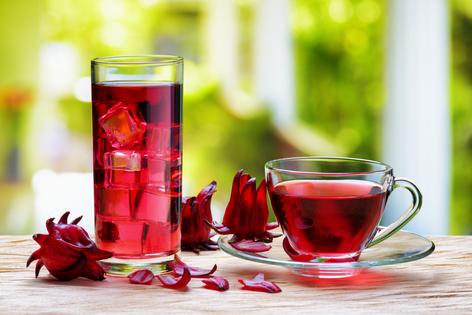Environmental Nutrition: Spotlight on supplements: Hibiscus
Published in Health & Fitness
Hibiscus is more than just a pretty flower.
Overview
Hibiscus (Hibiscus sabdariffa) is a well-known flower that can be consumed as a tea or in supplements. It contains a range of bioactive compounds such as anthocyanins, proanthocyanins, and flavonols. Due to the complexity of its composition, different hibiscus preparations may have different amounts of the bioactive compounds listed previously, which, in turn, may result in a range of efficacy. Hibiscus is most recognized as a means to increase milk production in lactating mothers, however, there are no clinical trials that support this benefit.
Special functions
The mixture of bioactive compounds found in hibiscus are thought to provide a range of benefits on the body. Of note, habitual intake of hibiscus tea can reduce blood pressure in hypertensive individuals.
Other benefits have been suggested, such as enhanced memory, management of urinary tract infections, management of blood lipids, management of obesity, and management of metabolic syndrome. There is no clinical consensus on the use of hibiscus to improve any of these conditions.
Recommended intakes and toxicity
Hibiscus is considered Generally Recognized as Safe by the U.S. Food and Drug Administration and is well tolerated in healthy individuals. The effective intake of hibiscus tea for managing hypertension, across multiple studies, was 1.25-10 grams of tea leaf brewed in two-thirds cup to two cups of water and consumed one to three times daily for two to six weeks.
Limited safety concerns have been documented, such as stomach upset, gas, and constipation. In addition, individuals that have certain allergies to plants in the Malvaceae family (baobab, cacao, durian, marsh mallow) may also exhibit allergy to hibiscus.
Hibiscus may also adversely interact with certain medications, so be sure to discuss the use of hibiscus with your doctor.
Sources
Hibiscus tea is a commonly used to consume hibiscus, and it has the most dilute bioactive compound, based on the nature of the preparation. It contains, on average, 0.5 milligrams (mg) anthocyanin/gram hibiscus tea leaf. Supplements containing hibiscus, such as extracts and tinctures, are also on the market. These more concentrated forms, such as hibiscus extract, consumed as a supplement, may have seven times higher the anthocyanin content (3.6 mg/gram extract) versus tea. This range of active ingredient concentration will result in different degrees of efficacy.
(Reprinted with permission from Environmental Nutrition, a monthly publication of Belvoir Media Group, LLC. 800-829-5384. www.EnvironmentalNutrition.com.)
©2024 Belvoir Media Group. Distributed by Tribune Content Agency, LLC.







Comments